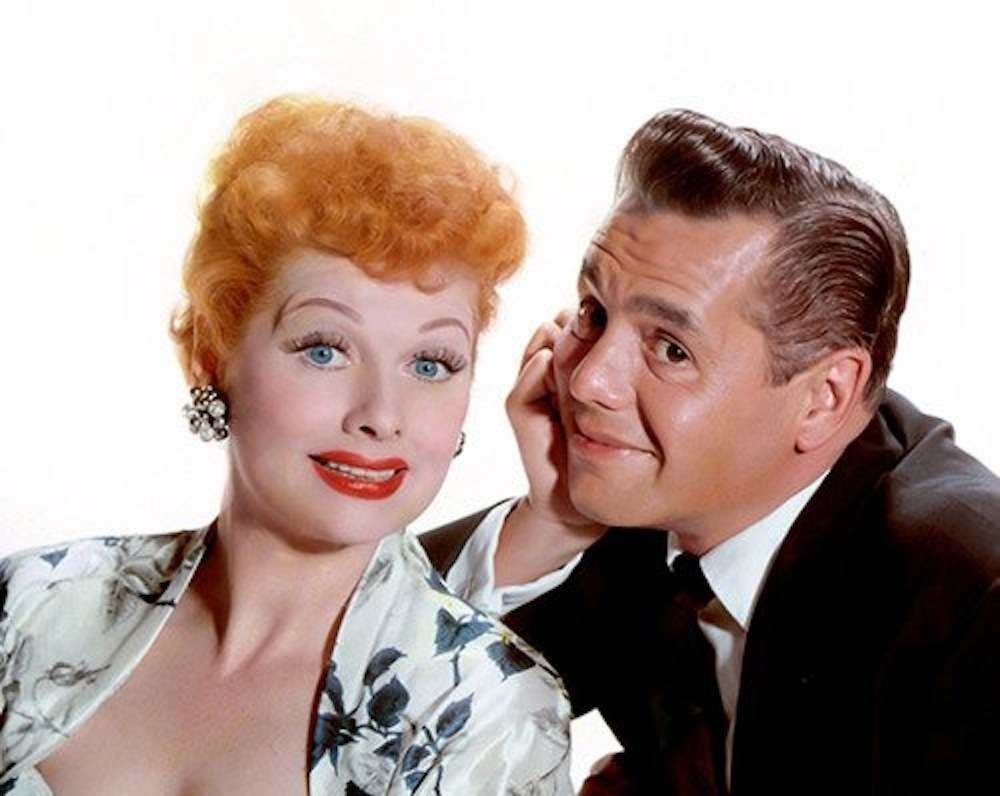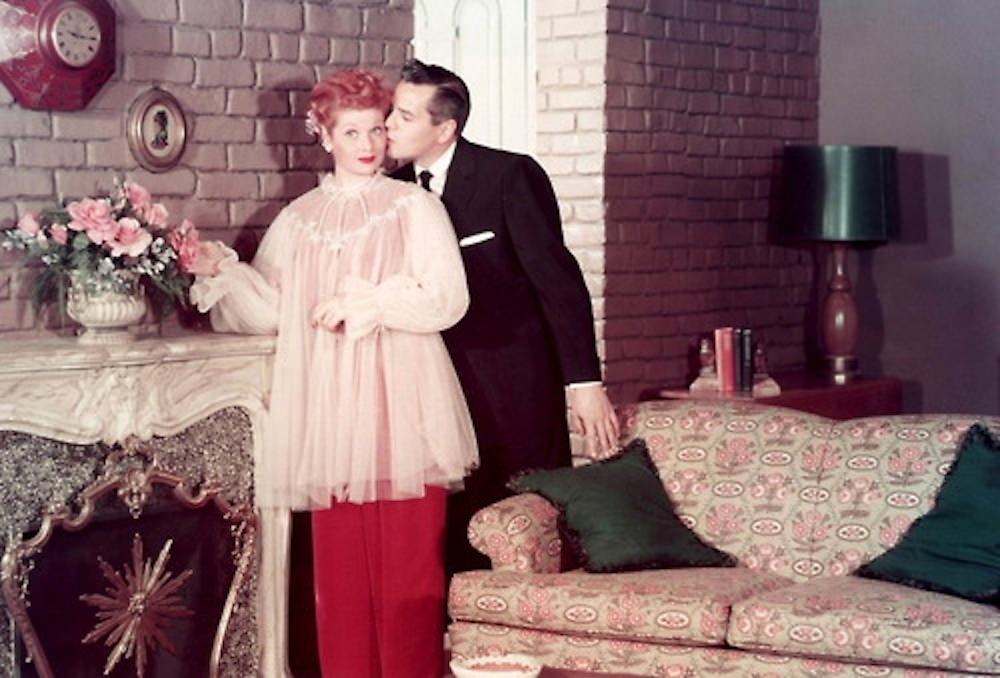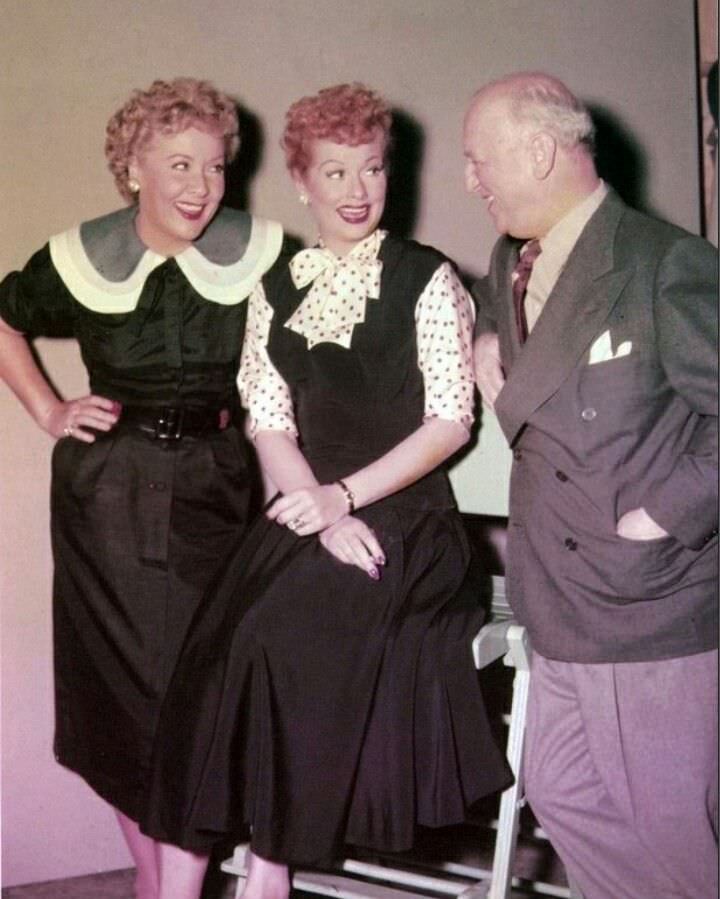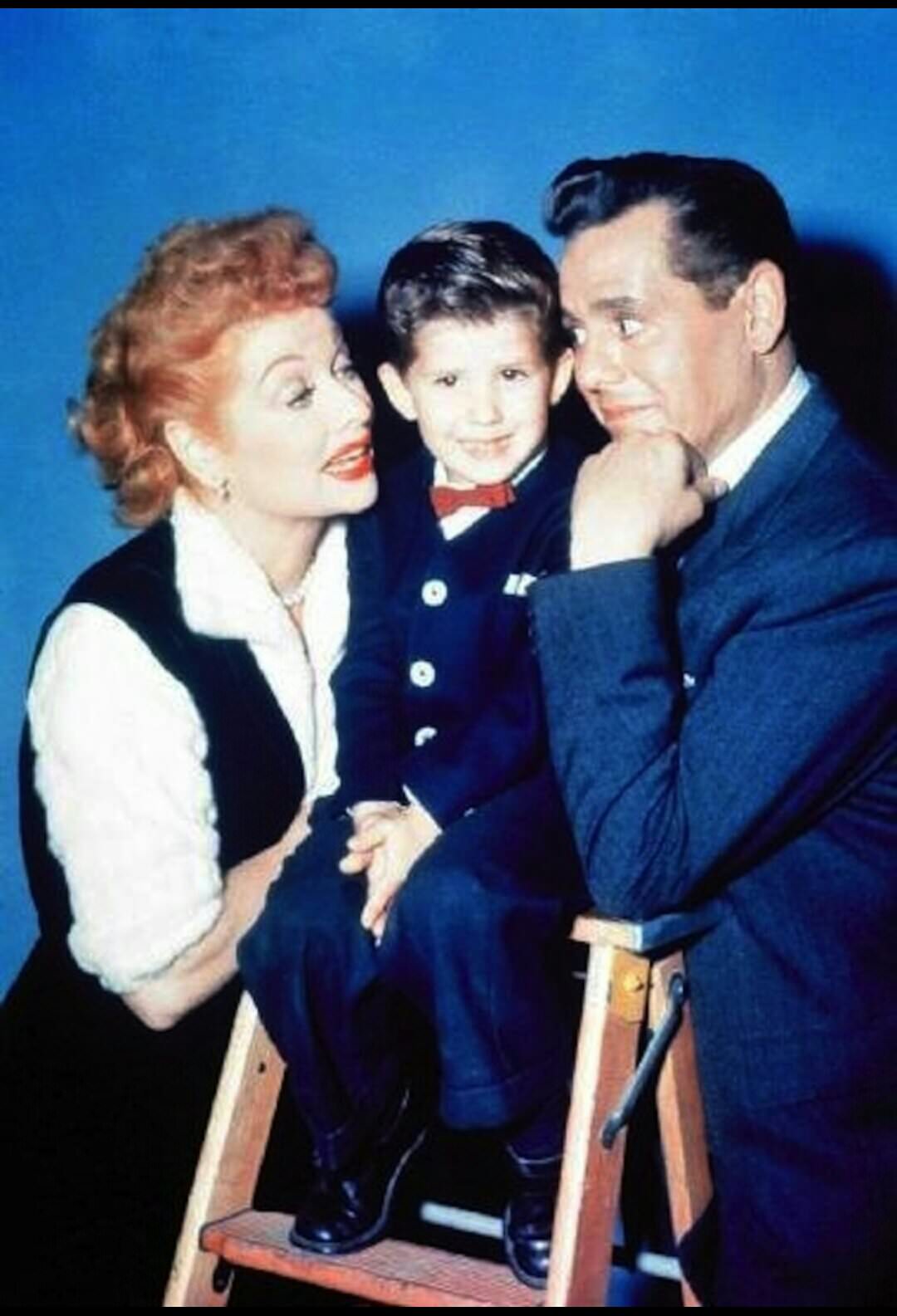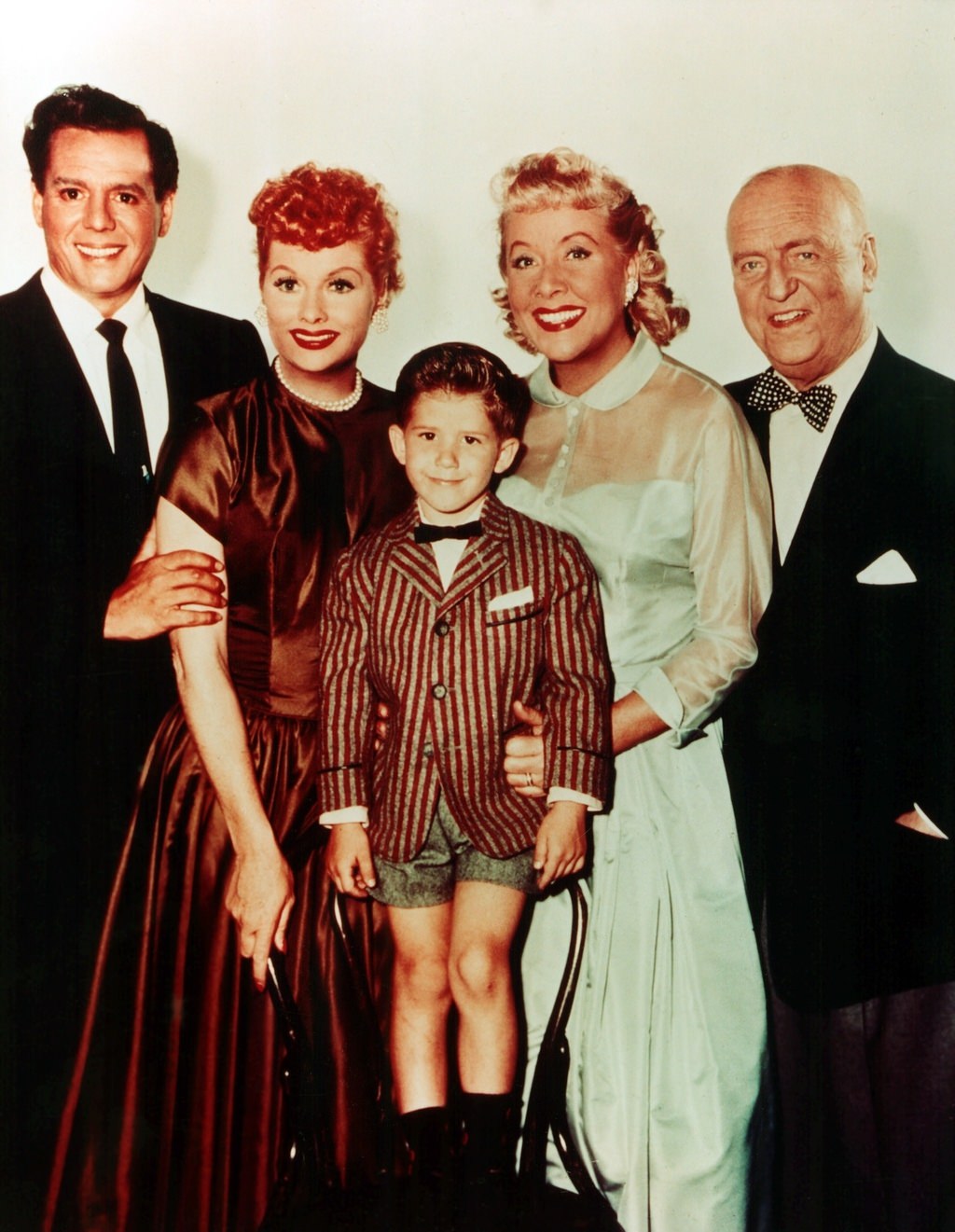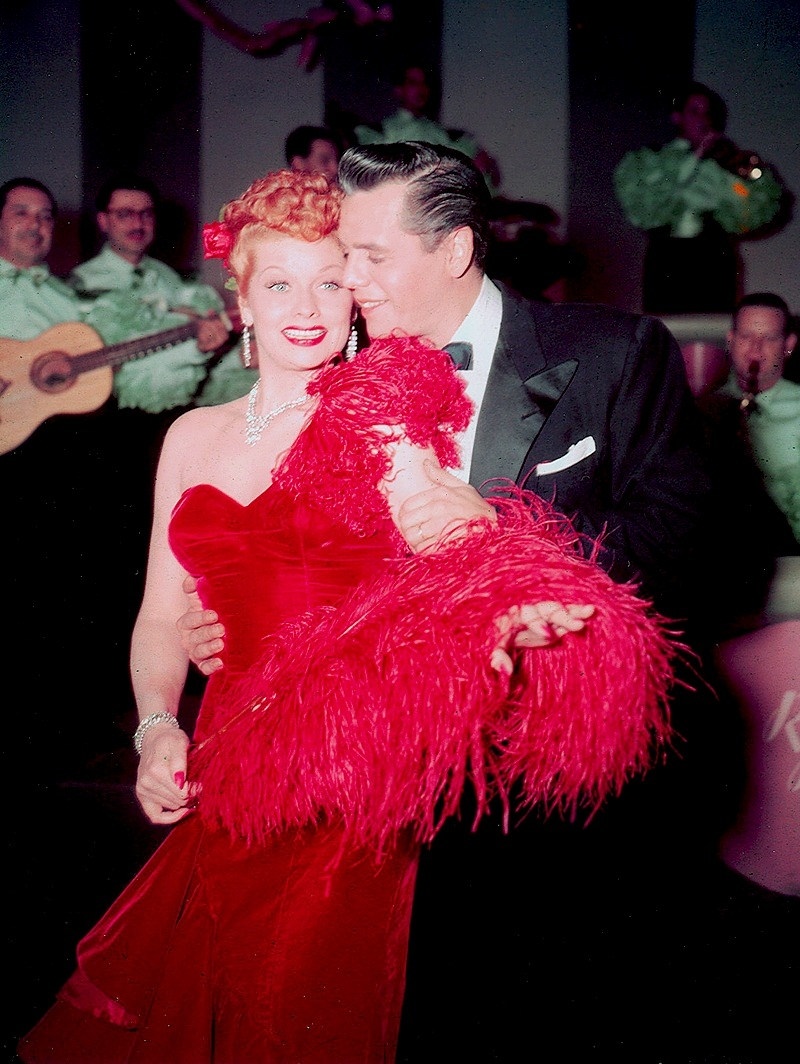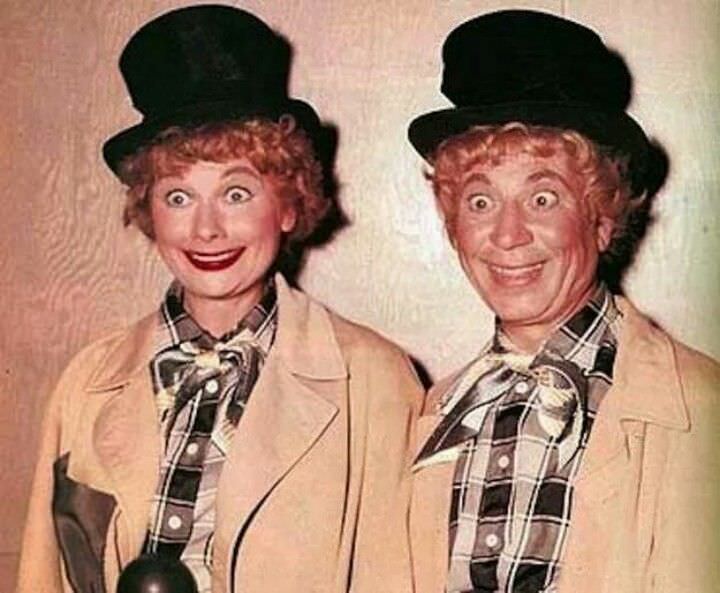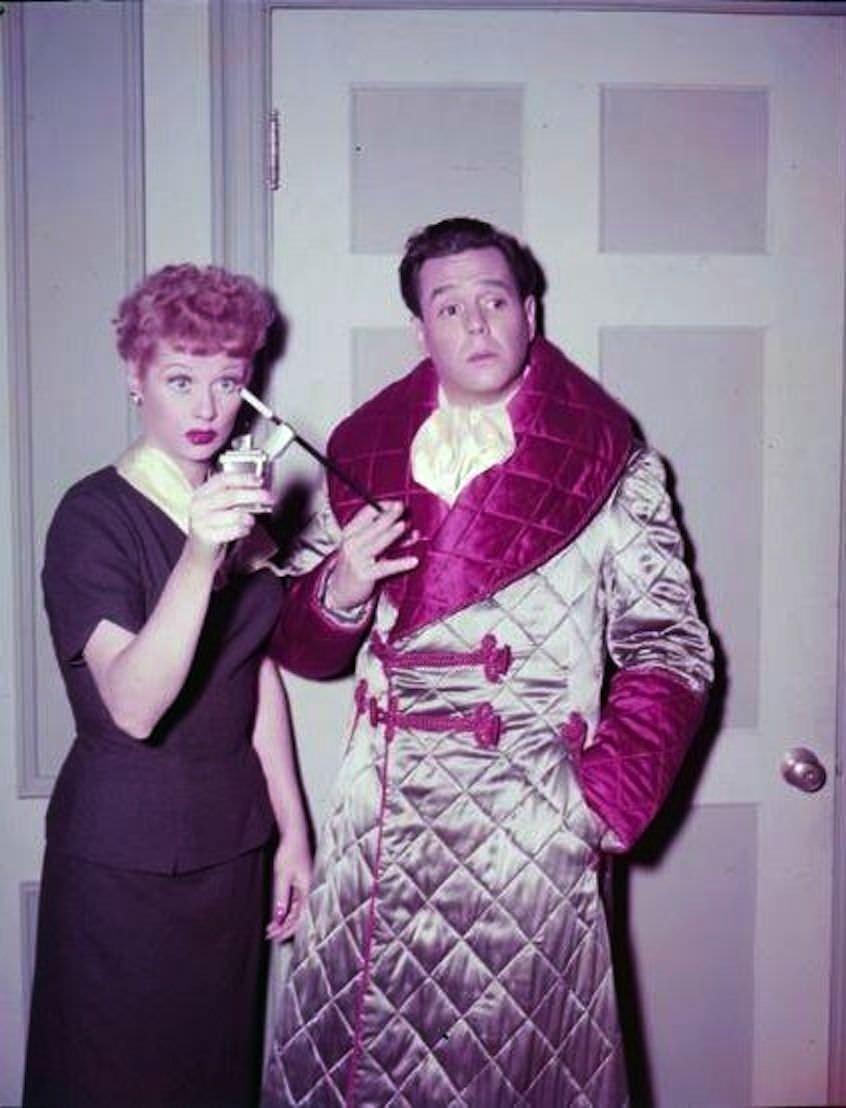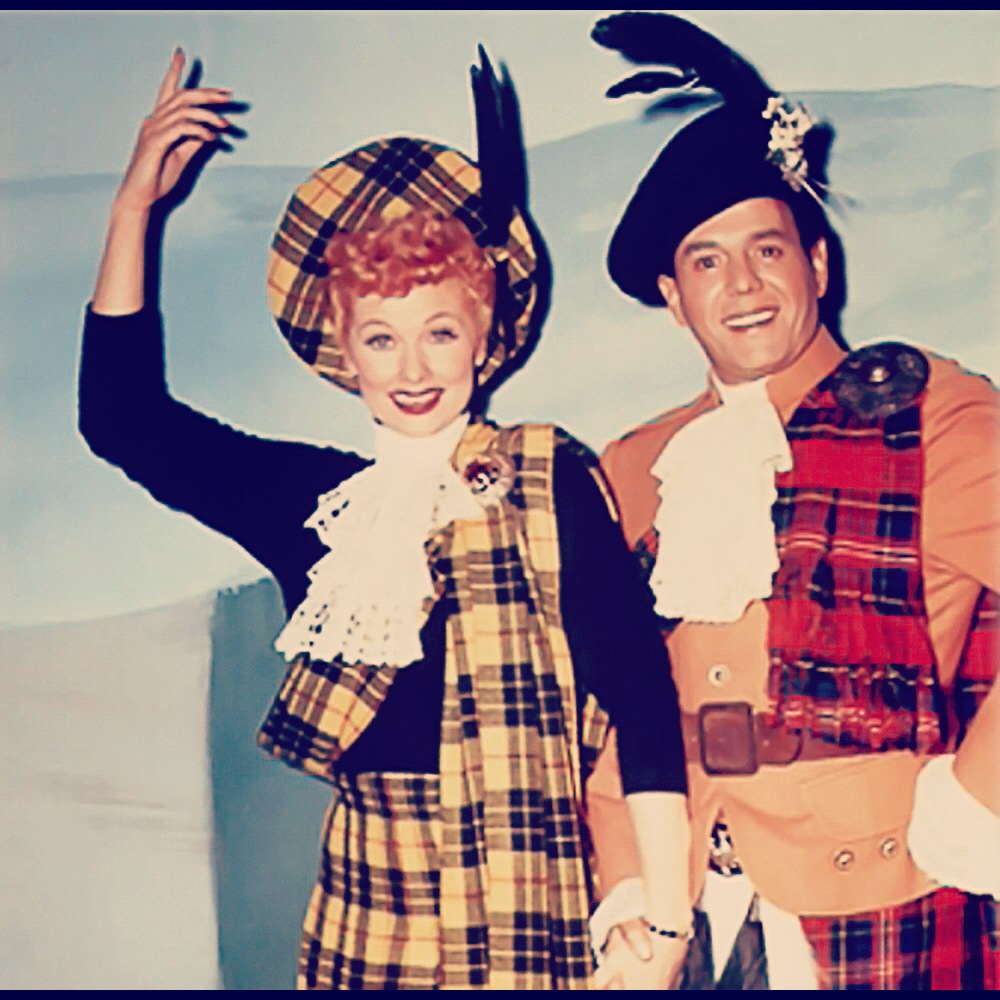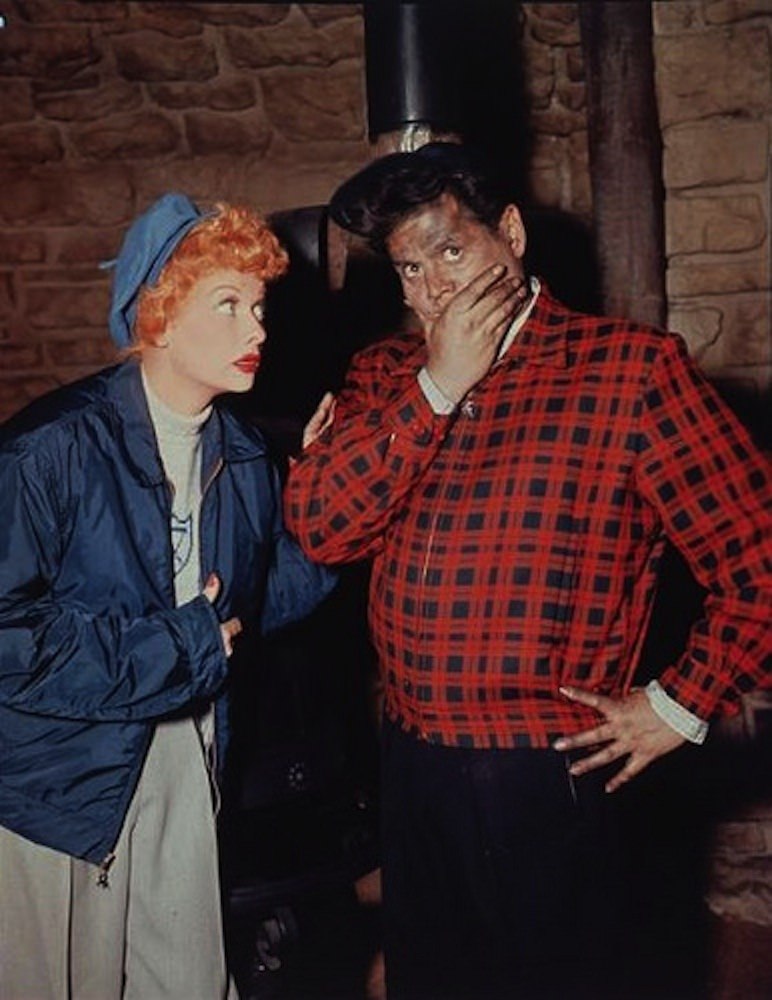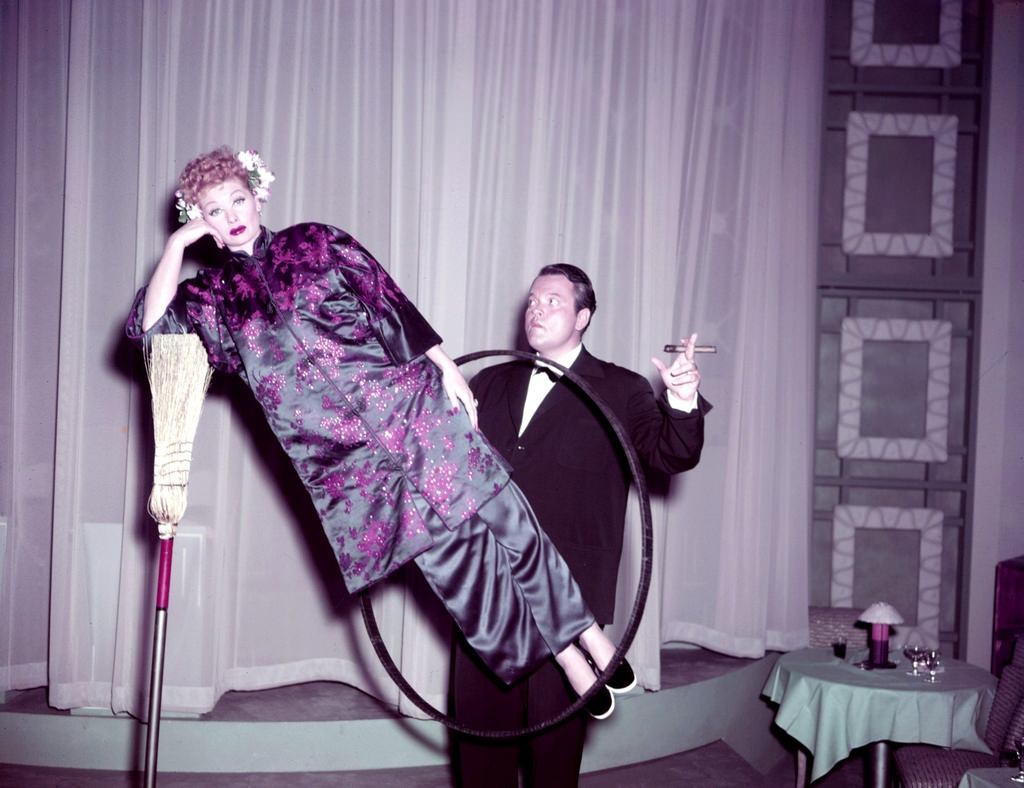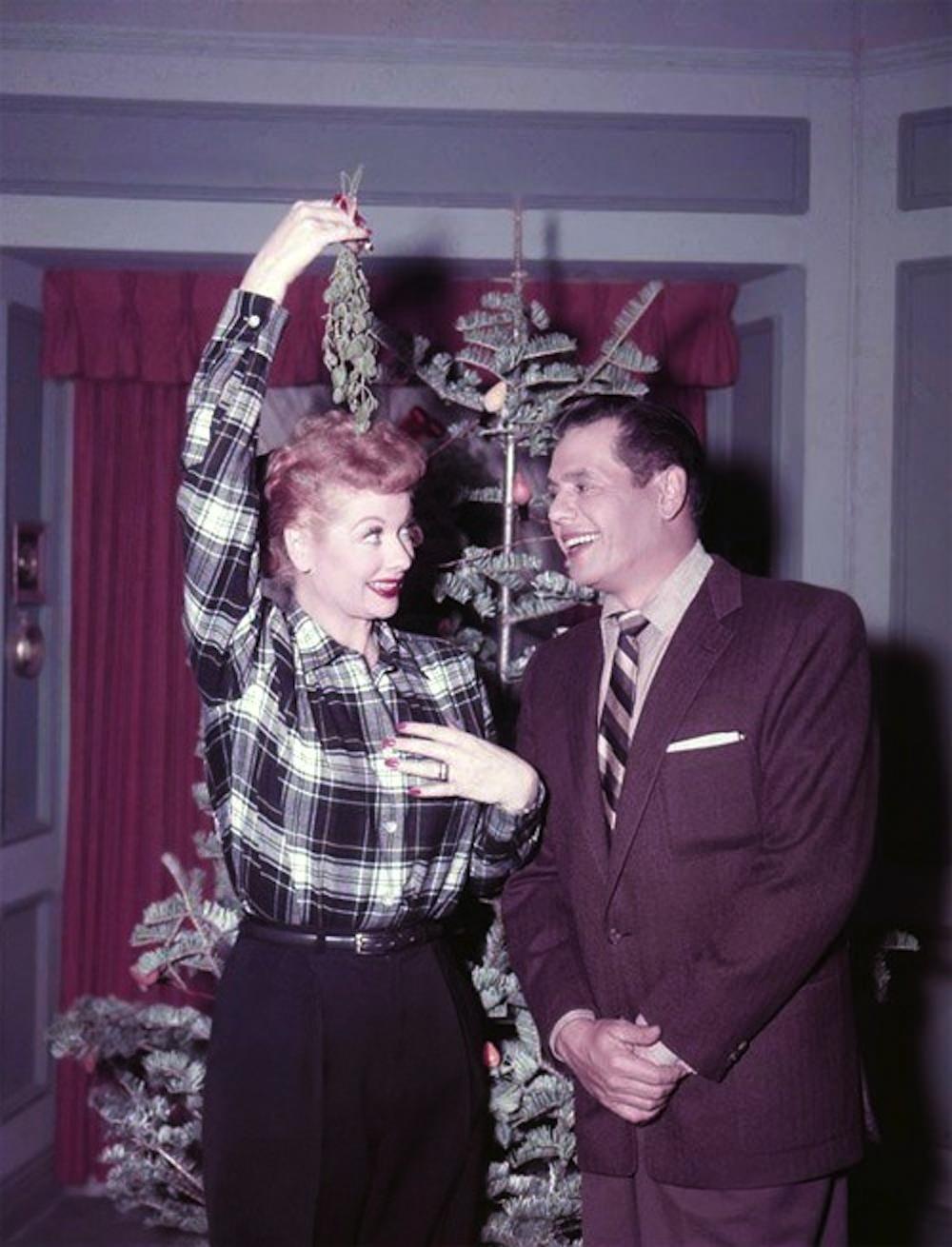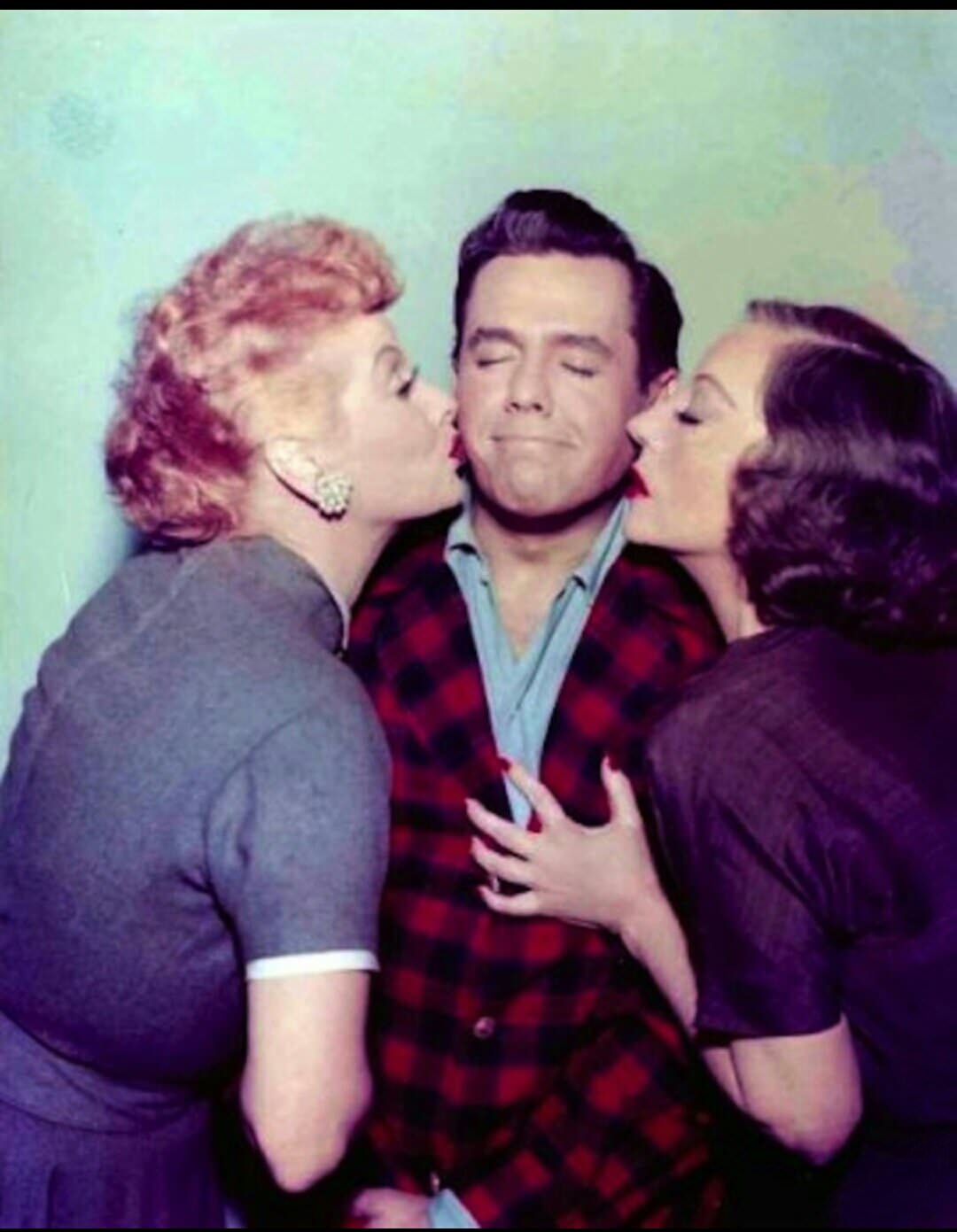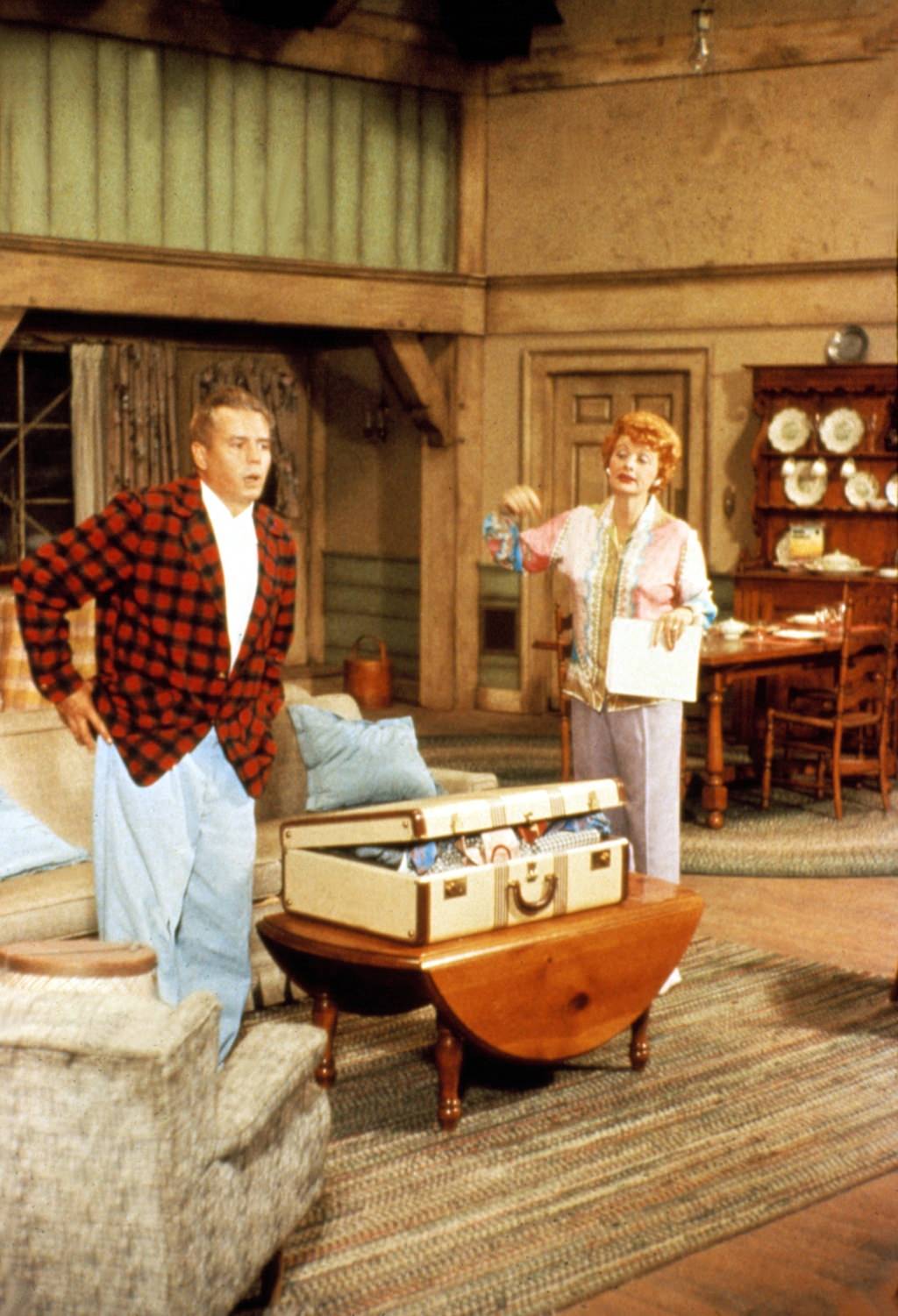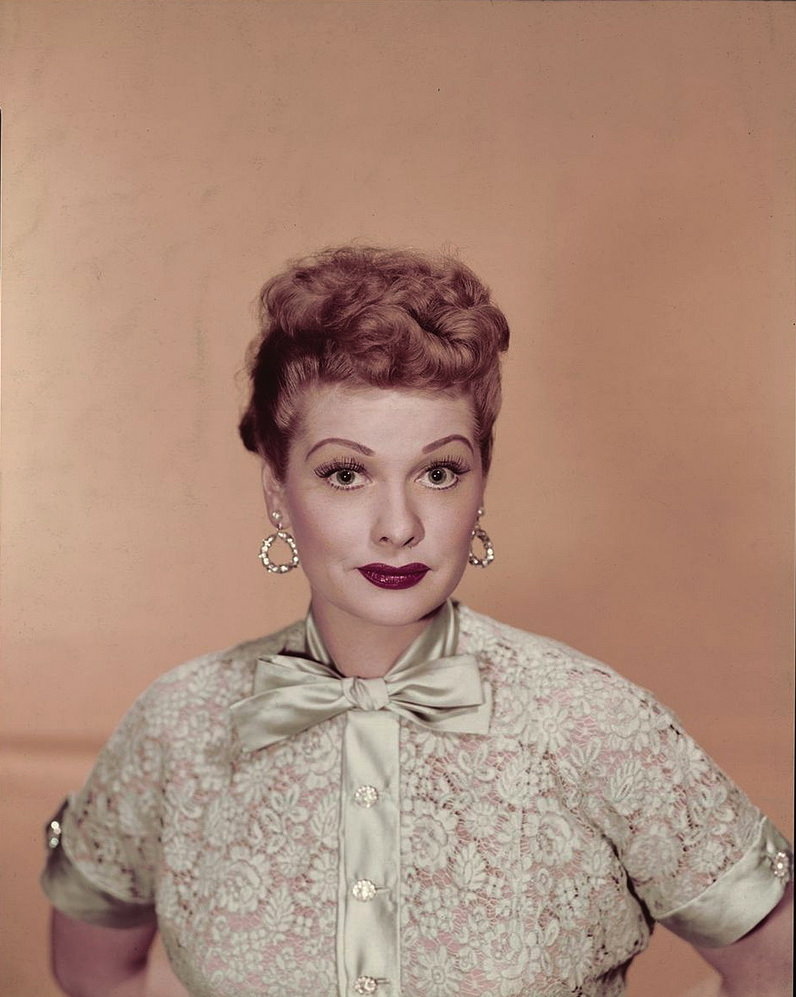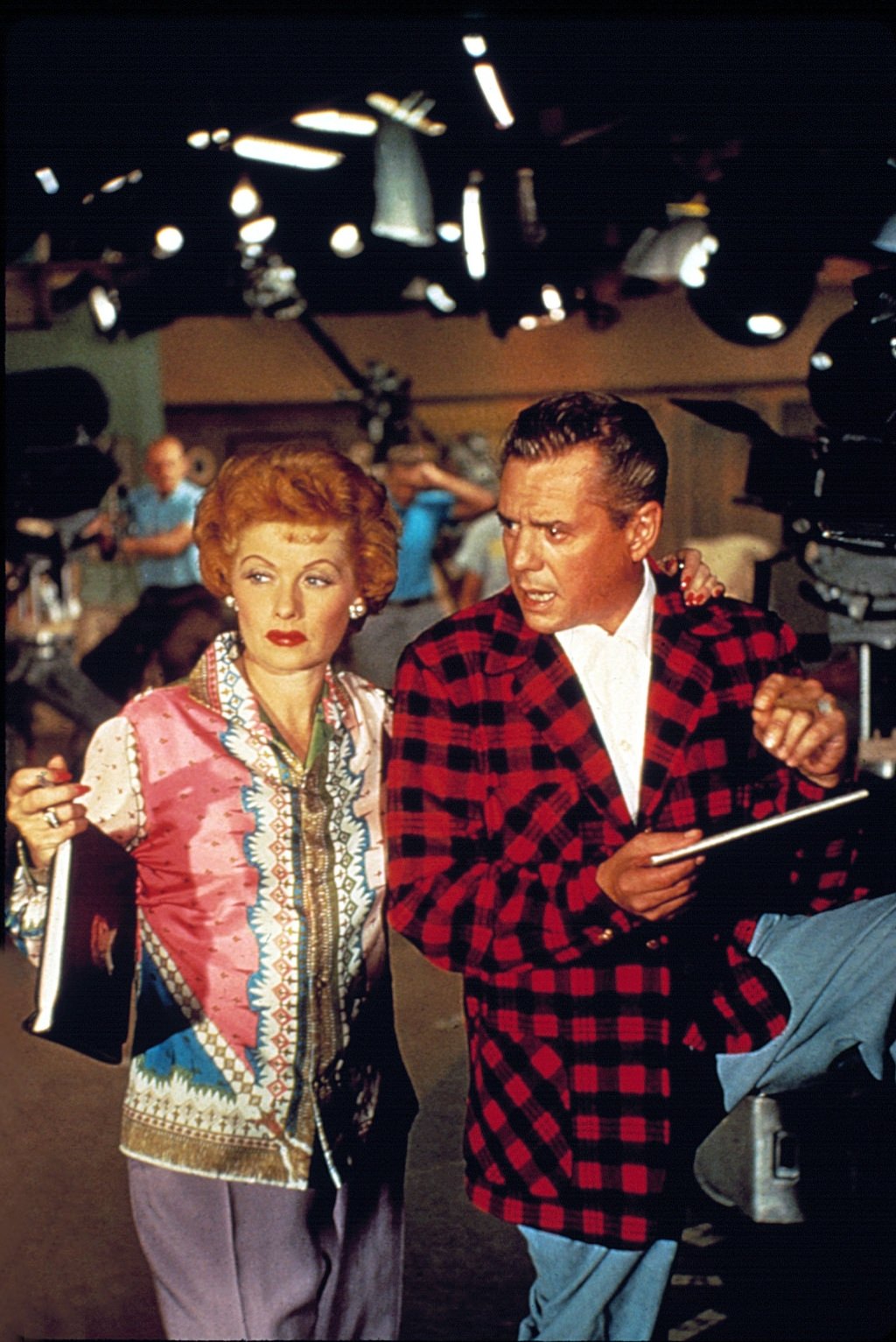‘I Love Lucy’ stands as one of the most recognized and beloved American television situation comedies, or sitcoms, from the 1950s. The show originally broadcast on the CBS network, running for six seasons from October 15, 1951, to May 6, 1957. Filmed in black and white, it brought viewers into the home and life of a vibrant married couple residing in New York City, delivering comedy that resonated widely.
Meet the Ricardos and the Mertzes (Cast)
The heart of the show was its talented four-person main cast. Lucille Ball delivered a legendary comedic performance as Lucy Ricardo, a housewife full of energy and ambition, constantly dreaming of stardom in show business. Her schemes and physical comedy became trademarks of the show. Playing her husband, Ricky Ricardo, was Desi Arnaz, who was also Lucille Ball’s real-life husband at the time. Ricky was a Cuban-born bandleader managing his own nightclub, the Tropicana. He often played the “straight man,” reacting with exasperation but underlying affection to Lucy’s chaotic plans. Their best friends and landlords were Ethel and Fred Mertz. Vivian Vance played Ethel, Lucy’s loyal confidante and frequent, though sometimes reluctant, partner in her schemes. William Frawley portrayed Fred Mertz, Ethel’s husband. Fred was characterized as endearingly grumpy and notably frugal, often complaining about money and engaging in playful arguments with Ethel.
Read more
Everyday Life and Zany Schemes (Plot)
The show was primarily set in the Ricardos’ apartment building in New York City, where the Mertzes also lived and served as landlords. Typical episodes revolved around Lucy’s persistent attempts to get involved in Ricky’s show business career, usually at his nightclub, despite her general lack of professional performing talent. To achieve her goals – whether seeking fame, trying to earn money, wanting to buy a new dress, or simply trying to pull one over on Ricky – Lucy would concoct elaborate, often absurd, plans. These schemes invariably went awry, leading to hilarious misunderstandings, frantic cover-ups, and moments of brilliant physical comedy from Lucille Ball. Ricky would eventually uncover the plot, often leading to his famous exasperated cry, “Lucy!” Yet, the show always maintained the sense of a loving relationship between the couple. Ethel frequently got swept up in Lucy’s plans, providing support and sometimes getting into trouble alongside her friend, while Fred usually offered cynical or commonsense commentary. Beyond the show business angle, the sitcom also found humor in relatable everyday situations like housekeeping, managing finances, navigating friendships, and dealing with neighbors, always exaggerating them for comedic effect. In a move considered groundbreaking for television at the time, Lucille Ball’s real-life pregnancy was written into the show, with Lucy Ricardo also becoming pregnant and giving birth to “Little Ricky.”
Making the Show: Innovative Production
Behind the scenes, ‘I Love Lucy’ employed several production methods that were innovative for television in the early 1950s and set standards for future sitcoms. A key decision driven by Desi Arnaz was to ‘‘film the show in Hollywood’’ using high-quality ‘‘35mm film’’, rather than broadcasting it live from New York or recording it on lower-quality kinescope recordings (films pointed at a TV screen). This ensured a better visual quality and created durable master copies. The show was produced by ‘‘Desilu Productions’’, the company founded by Desi Arnaz and Lucille Ball, which gave them unprecedented creative control and ownership over their program. To effectively capture the dynamic performances, especially Lucille Ball’s physical comedy, cinematographer Karl Freund helped pioneer the use of the ‘‘three-camera technique’’ for the show. Three film cameras recorded the scenes simultaneously from different angles. This allowed for a more fluid editing process, enabling cuts between close-ups, medium shots, and wide shots, much like a motion picture. Another crucial element was filming each episode before a ‘‘live studio audience’’. Their genuine reactions and laughter were recorded as part of the soundtrack, giving the show an energy distinct from programs using only canned laugh tracks. This approach required designing sets that could accommodate multiple cameras and the audience while maintaining good lighting and sound. The show also benefited from a strong writing team, led by producer Jess Oppenheimer and including writers Madelyn Pugh and Bob Carroll Jr., who crafted the clever plots and memorable comedic dialogue week after week.
America’s Favorite Show (Fame)
During its run in the 1950s, ‘I Love Lucy’ achieved phenomenal success and popularity. It became the ‘‘most-watched television show’’ in the United States for four of its six seasons. Its ratings were consistently high, reaching massive audiences. The episode where Lucy Ricardo gave birth to Little Ricky, broadcast on January 19, 1953, famously drew one of the largest audiences in television history up to that point, with reports suggesting more American homes tuned in for that event than for President Dwight D. Eisenhower’s inauguration the following day. Lucille Ball became arguably the biggest star on television, adored by millions. The characters, their relationships, catchphrases like Ricky’s “Looocy!”, and iconic comedy routines (like the chocolate factory or Vitameatavegamin scenes) became deeply ingrained in American popular culture. The show’s popularity was so immense that stories circulated about department stores closing early on Monday nights because so many people stayed home to watch, and nationwide water pressure levels noticeably dipping during commercial breaks.
Built to Last: Filming for Reruns
The decision to film ‘I Love Lucy’ on high-quality 35mm film had significant long-term benefits. Because durable film copies existed, the show was perfectly suited for ‘‘reruns’’, a practice known as syndication. After the original series concluded in 1957, episodes began to be broadcast again and again on local television stations across the U.S. and eventually in many other countries. This constant availability allowed the show to reach new generations of viewers long after its initial production, cementing its status as a classic. Desilu Productions, by owning the filmed episodes, created a highly valuable library of content and helped establish the profitable model of producing television shows with long-term syndication potential.


